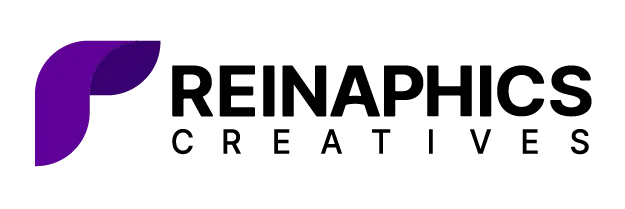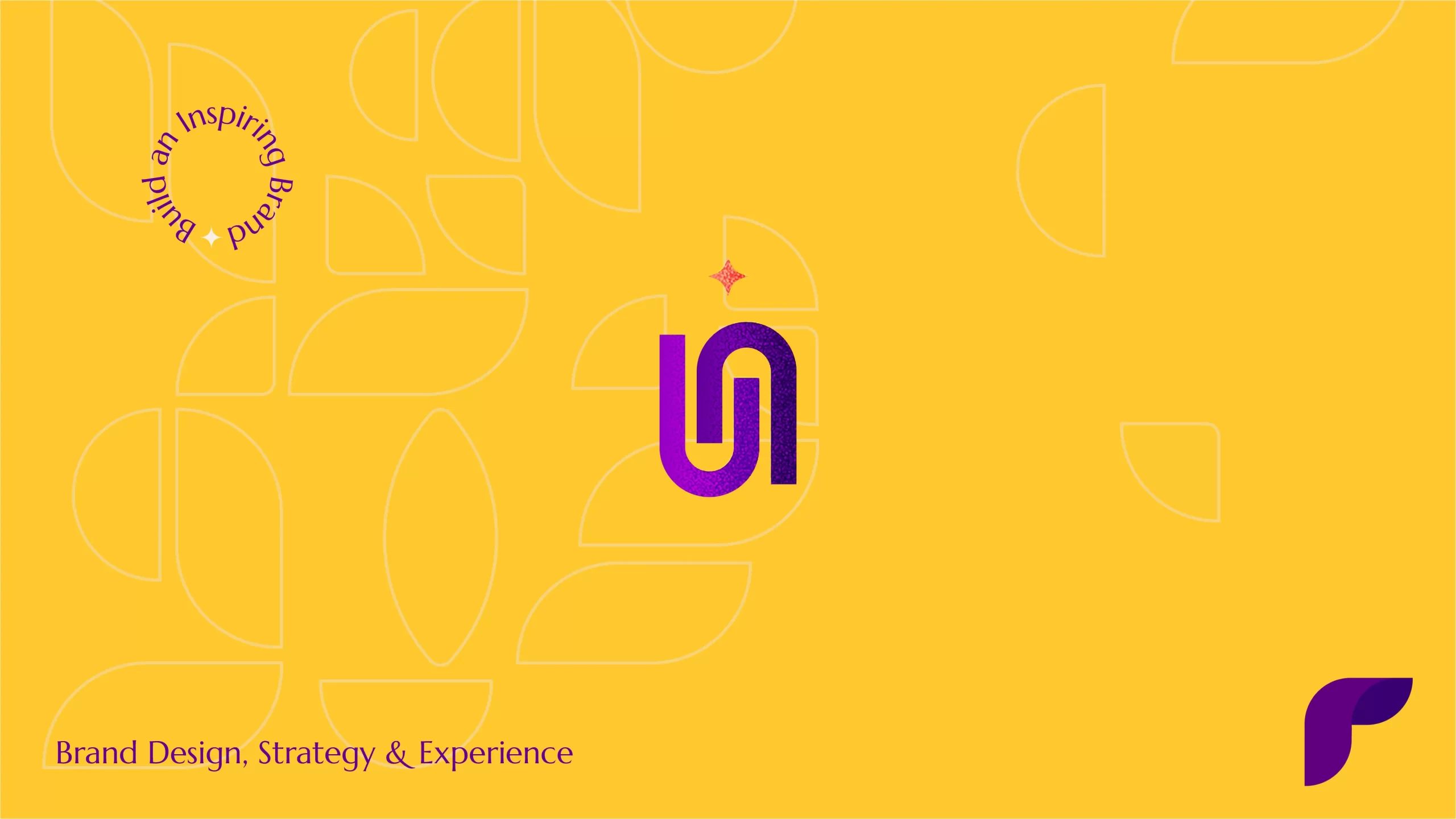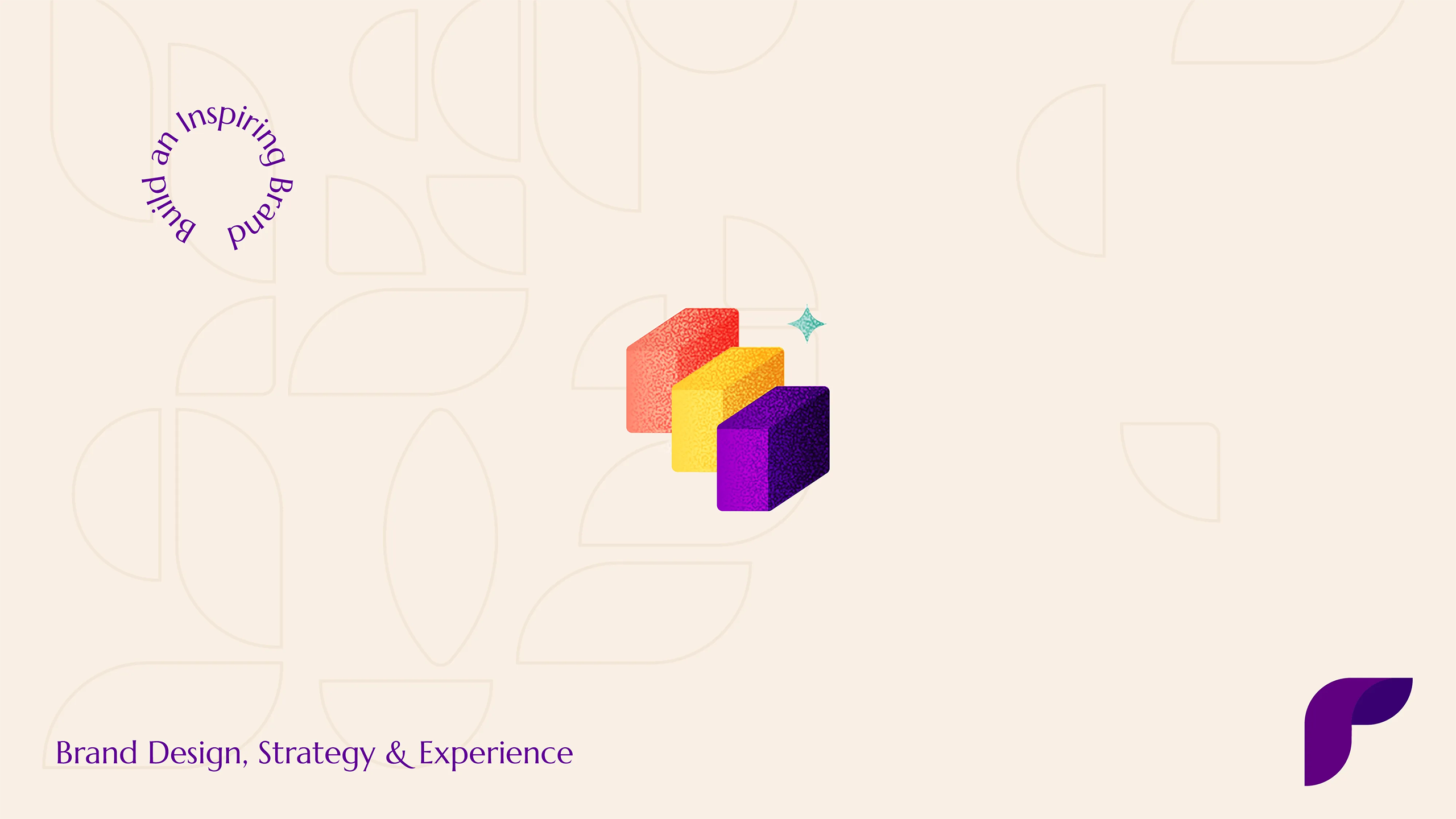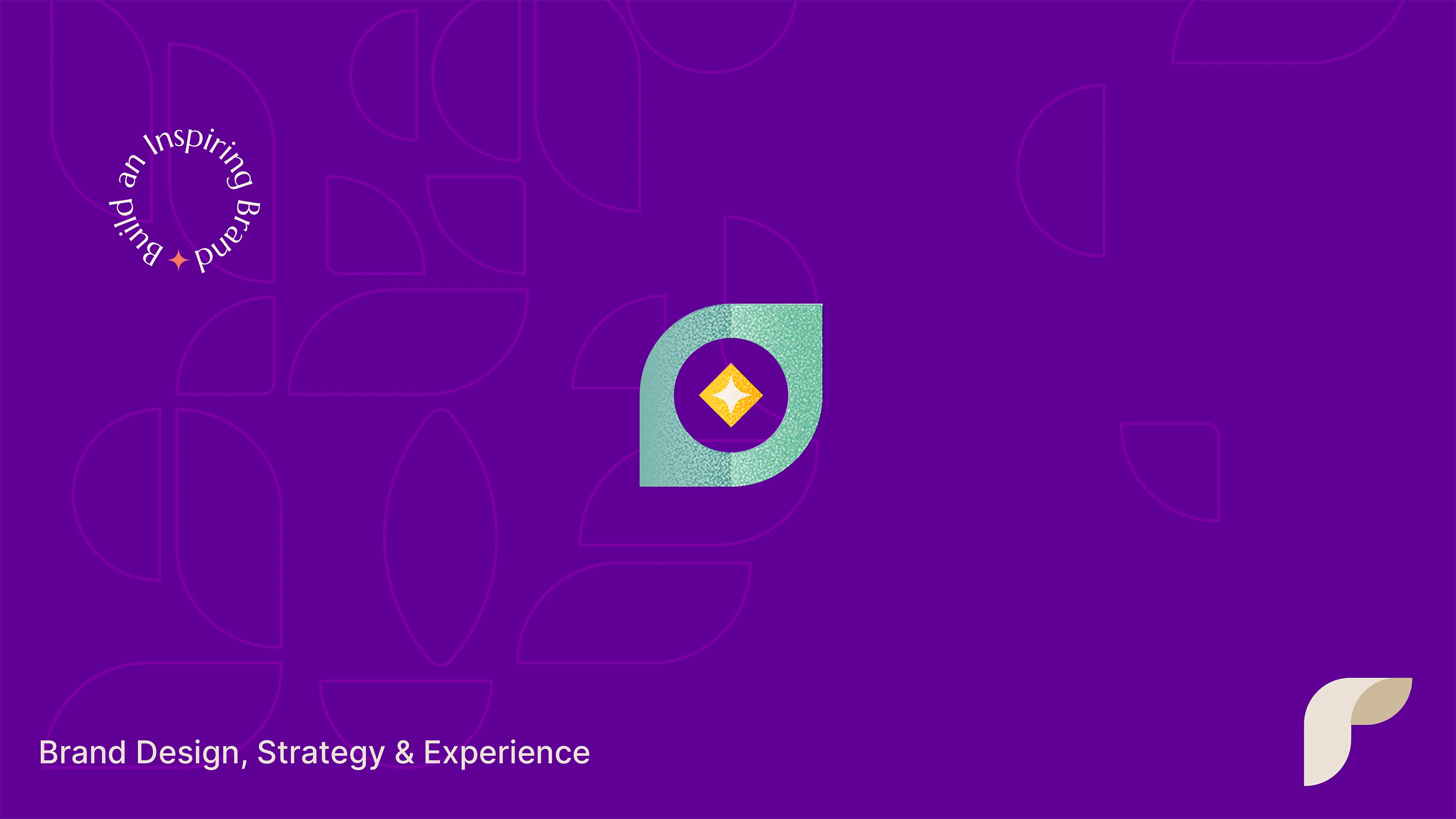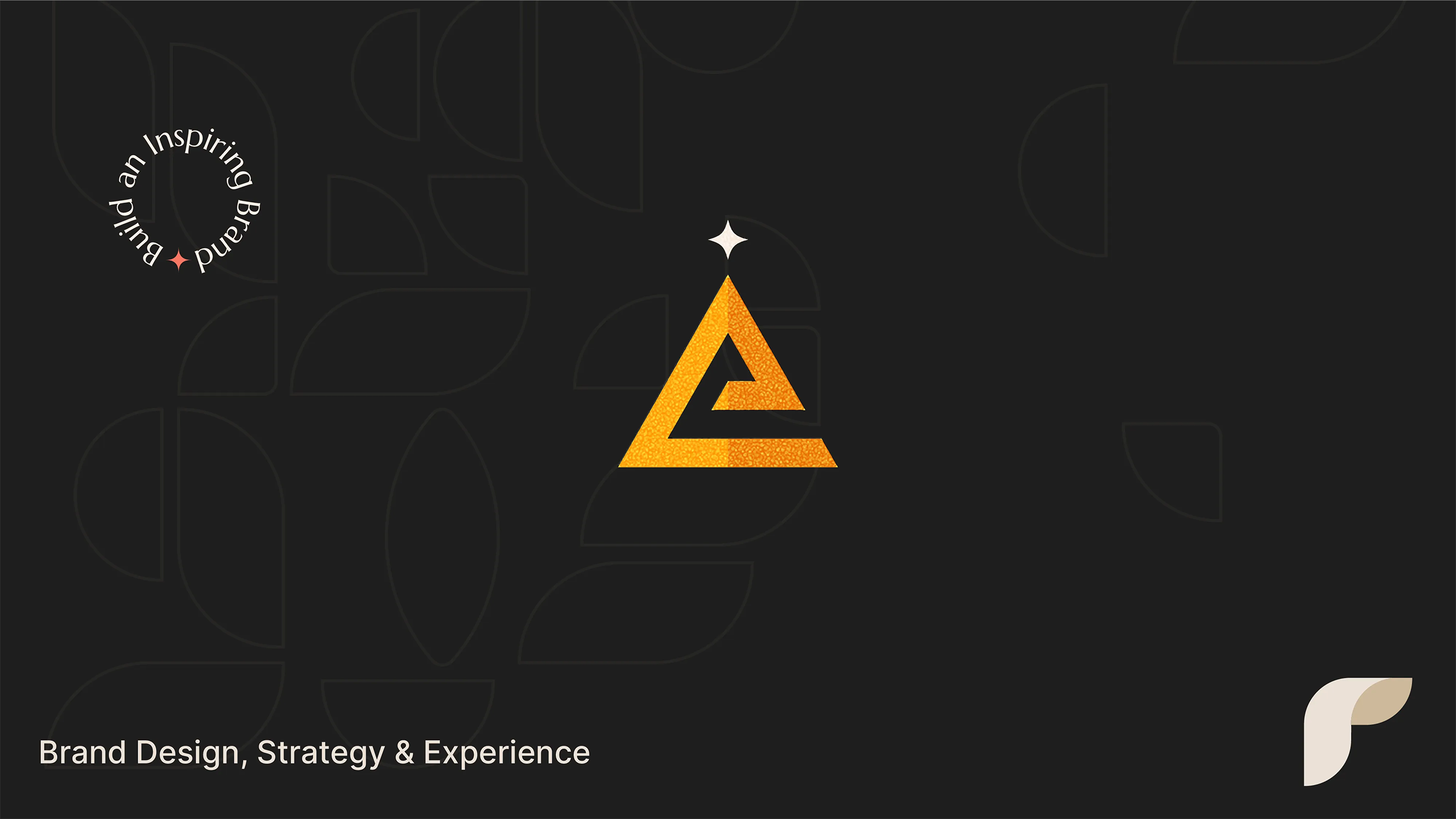The traditional linear approach to packaging design—create, use, dispose—has reached its environmental and economic limits. Forward-thinking brands are embracing circular economy packaging principles that reimagine packaging as a perpetual resource rather than temporary waste. This paradigm shift demands a fundamental reconsideration of how we design, produce, and recover packaging materials.
Cradle-to-cradle design principles form the foundation of circular packaging innovation.
Unlike conventional approaches that merely attempt to minimize environmental impact, cradle-to-cradle design creates positive ecological footprints.
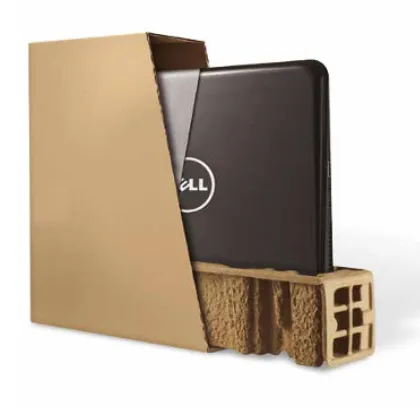
Consider Dell’s mushroom-based packaging: when disposed of, it becomes nutrient-rich soil, transforming waste into environmental value.
Material selection in circular design transcends simple recyclability metrics.
Successful packaging must balance performance, cost, and environmental impact across multiple life cycles.
Companies like Unilever are pioneering this approach through their “Less Plastic, Better Plastic, No Plastic” framework, which evaluates materials based on their total lifecycle impact rather than single-use performance.
Inside this article,
The building blocks of circular economy packaging
Biodegradable solutions represent a crucial frontier in packaging innovation. Modern materials science has enabled the development of packaging that decomposes safely while maintaining product integrity. Evoware‘s seaweed-based packaging exemplifies this breakthrough, creating food-grade containers that dissolve harmlessly in water or can be eaten alongside their contents.
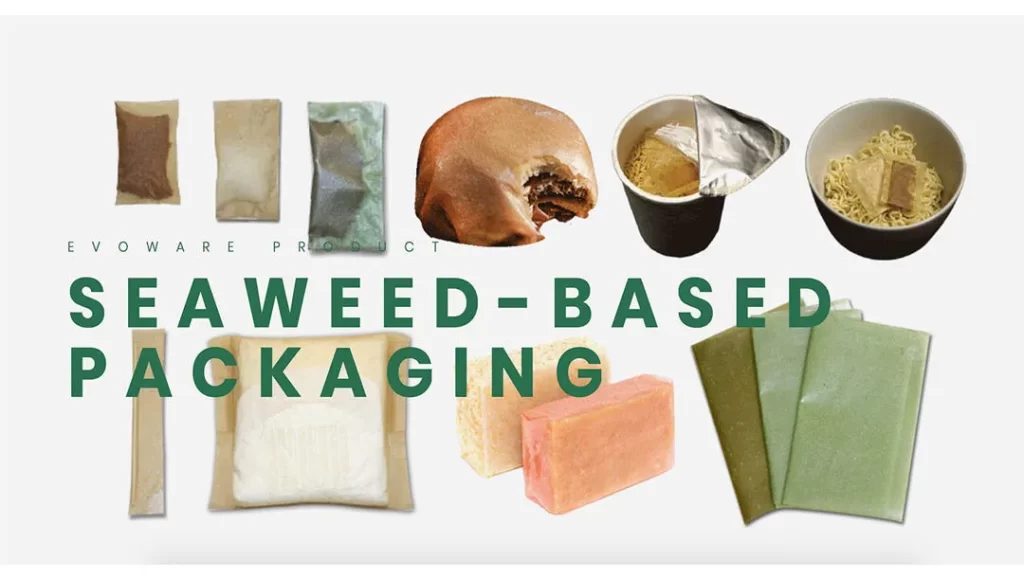
Recycling optimization demands sophisticated material engineering that considers both technical feasibility and economic viability. Mono-material strategies have emerged as a powerful solution, replacing multi-layer packaging with single-material alternatives that maintain performance while dramatically improving recyclability.
Nestlé’s recyclable paper packaging for Yes! snack bars demonstrate how mono-material innovation can transform traditionally difficult-to-recycle products.
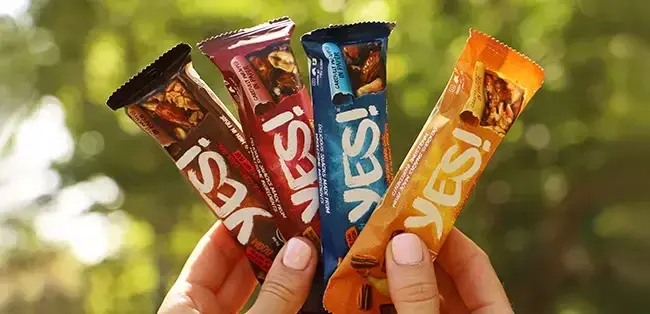
Similarly, Coca-Cola’s World Without Waste initiative showcases the potential of scaled circular solutions. Their commitment to collect and recycle the equivalent of every bottle they sell by 2030 has catalyzed innovation in packaging design, collection systems, and recycling technologies.
Also read: Innovative trends in packaging design: Materials and sustainability
Is consumer behavior the missing link in circular systems?
The success of circular packaging design systems depends heavily on consumer participation. Return system design must balance convenience with effectiveness, creating seamless experiences that encourage consistent participation. Loop’s durable packaging service illustrates this principle, transforming product returns from an occasional environmentally-conscious choice into a natural part of the consumption cycle.
Educational initiatives play a crucial role in system adoption. Successful programs go beyond simple recycling instructions to create comprehensive understanding of circular systems. TerraCycle’s educational campaigns demonstrate how clear communication can transform consumer behavior, creating engaged communities that actively participate in circular economy initiatives.
Incentive structures must align economic and environmental benefits. Deposit return schemes have proven particularly effective, with countries like Germany achieving return rates above 98% through well-designed financial incentives.
Digital technologies are enabling even more sophisticated reward systems, using blockchain and IoT to track and reward responsible packaging disposal.
How to implement ideas from theory to practice?
Supply chain integration represents one of the most complex challenges in circular packaging implementation. Success requires coordination across multiple stakeholders, from material suppliers to waste management facilities.
Companies like Walmart are addressing this through their Project Gigaton initiative, creating collaborative frameworks that align supply chain partners around circular economy goals.
Cost analysis in circular systems must consider multiple value cycles rather than single-use economics. While initial investments in circular packaging design systems may be higher, long-term benefits often include reduced material costs, improved brand value, and decreased exposure to regulatory risks.
The Ellen MacArthur Foundation’s research demonstrates that circular economy initiatives can unlock trillion-dollar economic opportunities while reducing environmental impact.
As time goes by, performance metrics for circular packaging must evolve beyond traditional measures. Key indicators include:
– Material recovery rates
– System-wide energy efficiency
– Economic value retention
– Consumer participation levels
– Environmental impact reduction
Procter & Gamble’s collaboration with TerraCycle demonstrates the power of systematic implementation. Their Head & Shoulders bottles, made from ocean plastic, created a closed-loop system that transforms waste into value while engaging consumers in environmental stewardship.
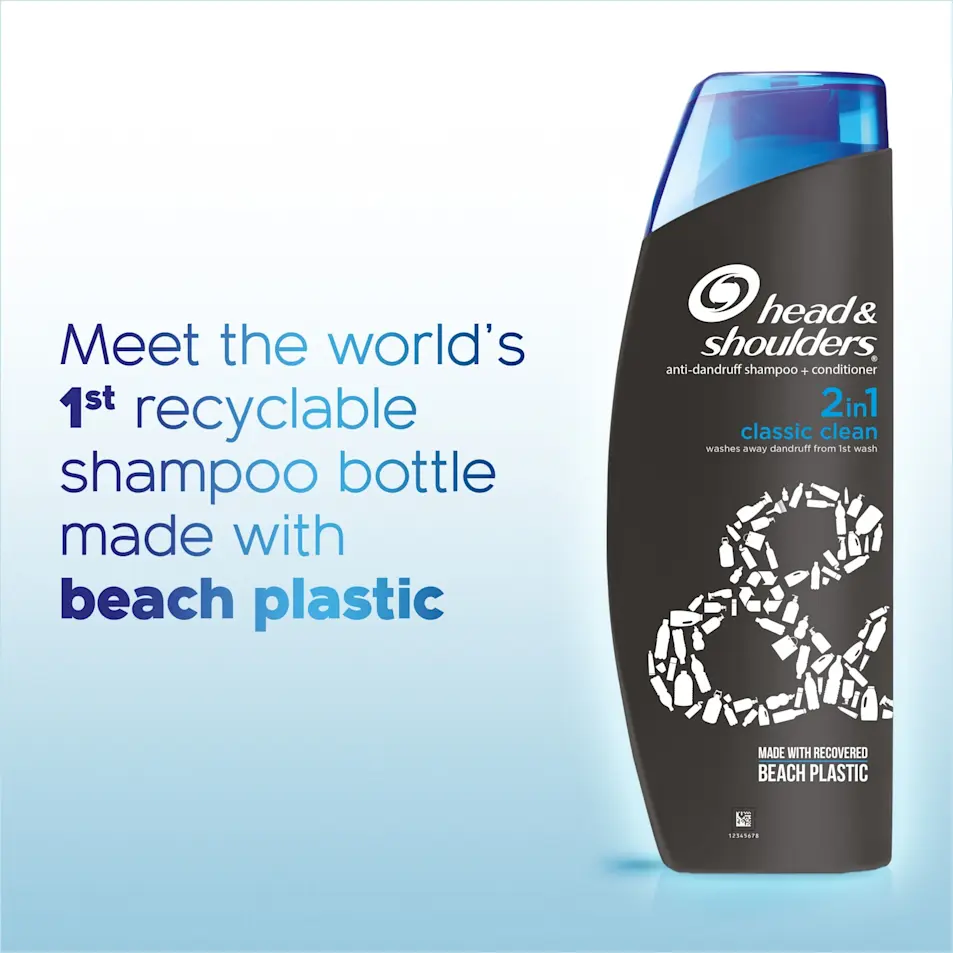
How to convey good design and messaging in packaging
Successful designs balance aesthetic appeal with clear sustainability communication, incorporating elements like earth tones and minimalist graphics. These are elements that both reduce environmental impact and signal environmental responsibility. Companies like Lush Cosmetics demonstrate this through their “naked” packaging approach.
They achieve this using simple, clear designs that emphasize their commitment to sustainability while maintaining brand identity and product appeal. Package design must establish a clear hierarchy of information that guides consumers through both product use and proper disposal.
This includes intuitive placement of brand identification, product information, sustainability features, and disposal instructions. Leading brands achieve this through a combination of universal icons, step-by-step disposal graphics, and clear material identification.
This is often supplemented with digital elements like QR codes that provide detailed disposal information. Method’s ocean plastic bottles exemplify this approach, telling a sustainability story through both design elements and explicit messaging while ensuring functional excellence.
Also read: The power of packaging design: How it can shape your brand perception
The path forward
The transition to circular packaging requires coordinated effort across industries, governments, and communities. Success demands:
– Investment in infrastructure
– Policy support for circular initiatives
– Consumer education and engagement
– Technological innovation
– Cross-industry collaboration
Emerging technologies are accelerating circular packaging innovation. Digital watermarking enables more efficient sorting and recycling, while AI-powered design tools optimize packaging for circularity. Biomimetic materials promise packaging that not only minimizes environmental impact but actively contributes to ecosystem health.
Conclusion
Circular economy packaging represents not just an environmental imperative but a strategic opportunity. Organizations that successfully implement circular packaging systems position themselves for long-term success in a resource-constrained world while building stronger connections with increasingly environmentally conscious consumers.
If this sounds like your vibe, then partner with Reinaphics to develop sustainable solutions that drive business value. The best part is how we can do this while also promoting environmental stewardship.
